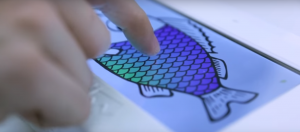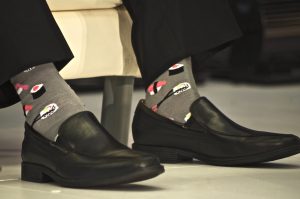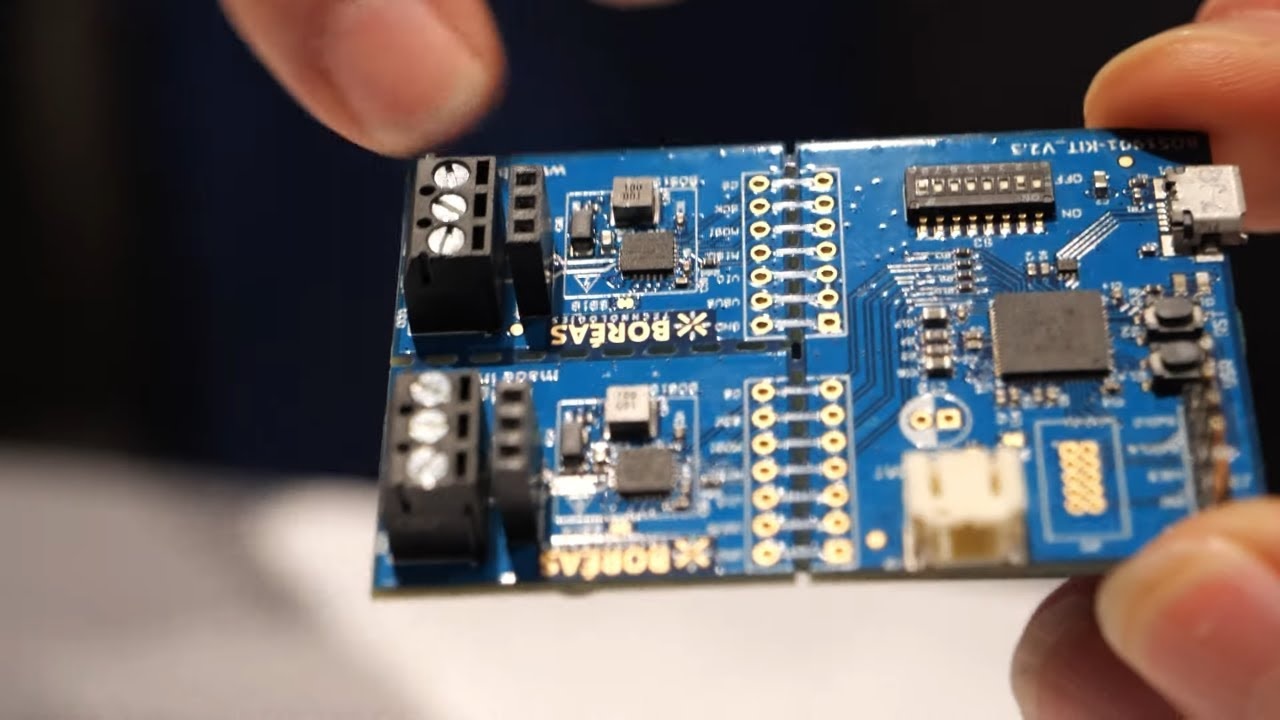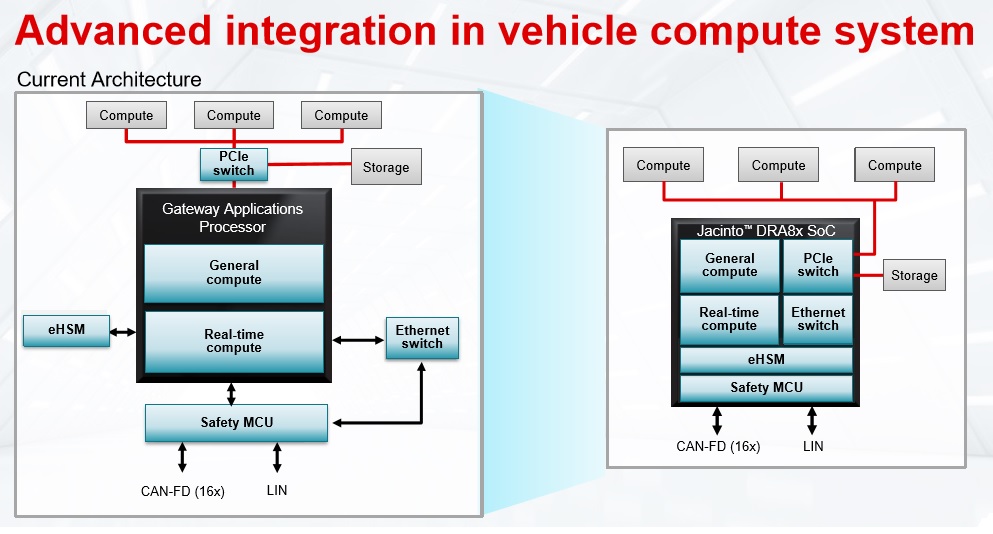Bringing textures to life by changing the sensation of a surface as your finger slides over plastics, wood, and glass is the ambition of Hap2U, a France-based haptic technology startup.
At this year’s Consumer Electronics Show (CES), Hap2U is demonstrating what it claims is the world’s first haptic smartphone display, which allows users to feel and sense objects on touchscreens. Its Hap2phone technology was named Honoree of the 2020 CES Innovation Award.
Interactive and tangible
With the Hap2phone, Hap2U is targeting a global haptic component market that will be worth $4.8 billion by 2030, according to a recent report by IDTechEx. Haptic technologies have been used in products such as game console controllers for more than 30 years and can be found in the vast majority of smartphones, smartwatches, and electronic devices. Over the past five years, however, the research firm said it has observed a shift in the core haptic technology and “an even more significant shift in the direction of innovation efforts to develop the haptic technologies of the future.”
Founded in 2015, Hap2U has developed the so-called ultrasonic lubrication principle. As explained in a company blog post, the vibration occurs at ultrasonic frequencies (above 20 kHz) and generates a thin film of pressurized air between the finger and the screen, thus modifying the friction. The vibration can be controlled.
With a smartphone, users can sense vibrations when he or she receives a notification, receives a text message, or clicks on the glass surface. This is the vibrotactile technology. Hap2U’s technology aims to enhance the overall emotional experience by enabling texture sensations. In a statement, Chappaz explained: “Think about users on their smartphone in noisy or harsh-lighting conditions — outdoors, for example — how touch then becomes a major feature to improve their experience. HD texture sensation is a crucial interface between the user and the outside world, introducing an added level of interaction compared to traditional screens.”
Hap2U uses piezoelectric actuators to generate ultrasonic vibrations on a glass screen and modify the friction of the user’s finger. The vibration is synchronized with the position of the finger, enabling the user to feel what appears on the screen. This thin-film piezoelectric solution (2 microns) has a minimal impact on weight (<1g) and on the display power consumption (1%).
By applying a friction coefficient, Hap2U claims it can make distinct variations in touch sensations — intense or soft nicks, springs, buttons, elasticity, and all kinds of high-to-low elevation points and textures. This allows the nerve endings in the fingertips to detect different sensations and informs the brain to interpret them.
 Basically, Chappaz stated, “Hap2Phone offers the physical touch experience of what users see: If there is a fish on the screen, the user feels its scales; same for a pushbutton, a slider, [or] the wheel of a car in a video game.” For manufacturers integrating screens in their products, this solves the problems related to the digitization of objects by making them both interactive and tangible.
Basically, Chappaz stated, “Hap2Phone offers the physical touch experience of what users see: If there is a fish on the screen, the user feels its scales; same for a pushbutton, a slider, [or] the wheel of a car in a video game.” For manufacturers integrating screens in their products, this solves the problems related to the digitization of objects by making them both interactive and tangible.
Glass, but not only
Initially focused on glass surfaces such as smartphone and tablet screens, Hap2U said it has been working on a multi-material haptic technology and is now deploying haptics on wood, plastic, and metal.
Hap2U’s technology is not solely intended for smartphones and could find applications in the IoT, industrial, automotive, and smart building markets.
After initial seed funding in 2016, Hap2U completed in late 2018 a €4 million Series A funding round with Daimler AG to accelerate the development of its haptic technology. Headquartered in Grenoble, Hap2U now employs 30 people and expects to double to 60 by the end of 2020.


















![Figure 1: Arduino Portenta [Source: Arduino]](/wp-content/uploads/2020/01/fig1.jpg)





